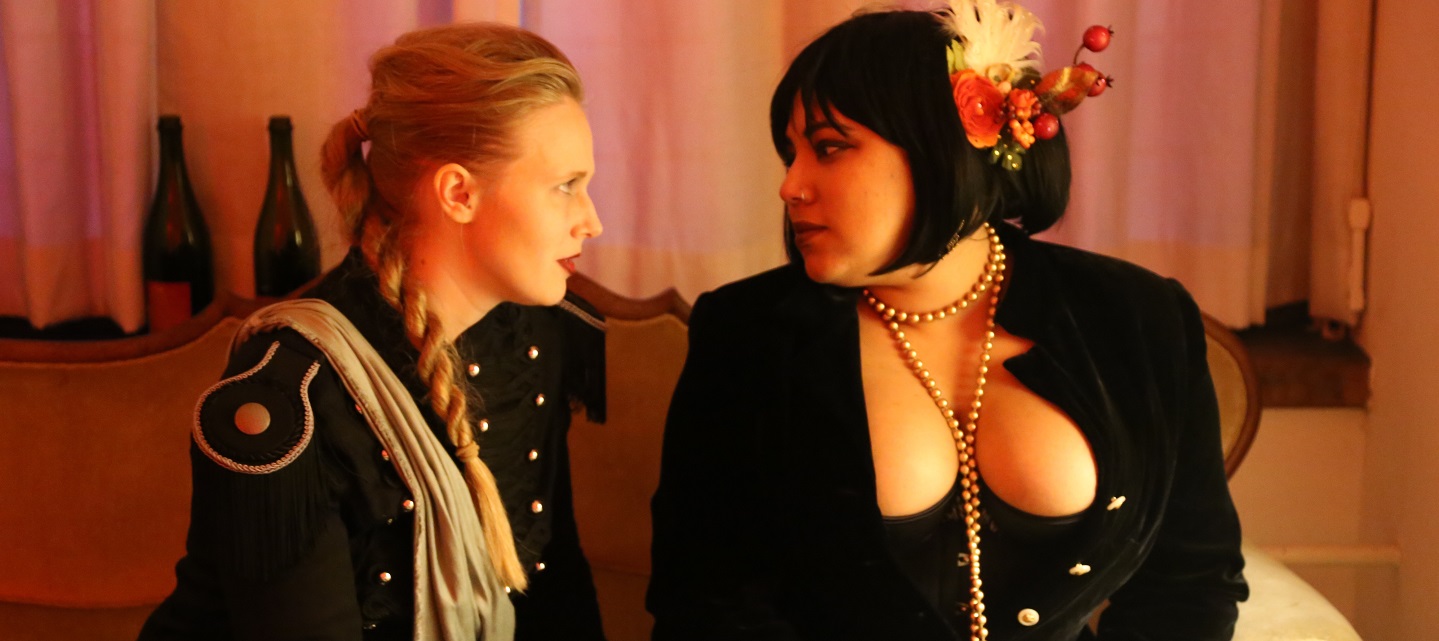Tag: Featured
-

More Than A Few Funny Words: Designing Magic Systems That Convey Challenge & Rigour
in
A method of creating a system of magic for larp that can achieve many of the desired aesthetics of complexity, challenge, and scholarship.
-

Tarot for Larpers
in
Using tarot readings in larp to deepen and intensify the experiences of co-players.
-

Larping Before the Larp: The Magic of Preparatory Scenes
in
How short facilitated scenes larped during workshops can enhance play.
-
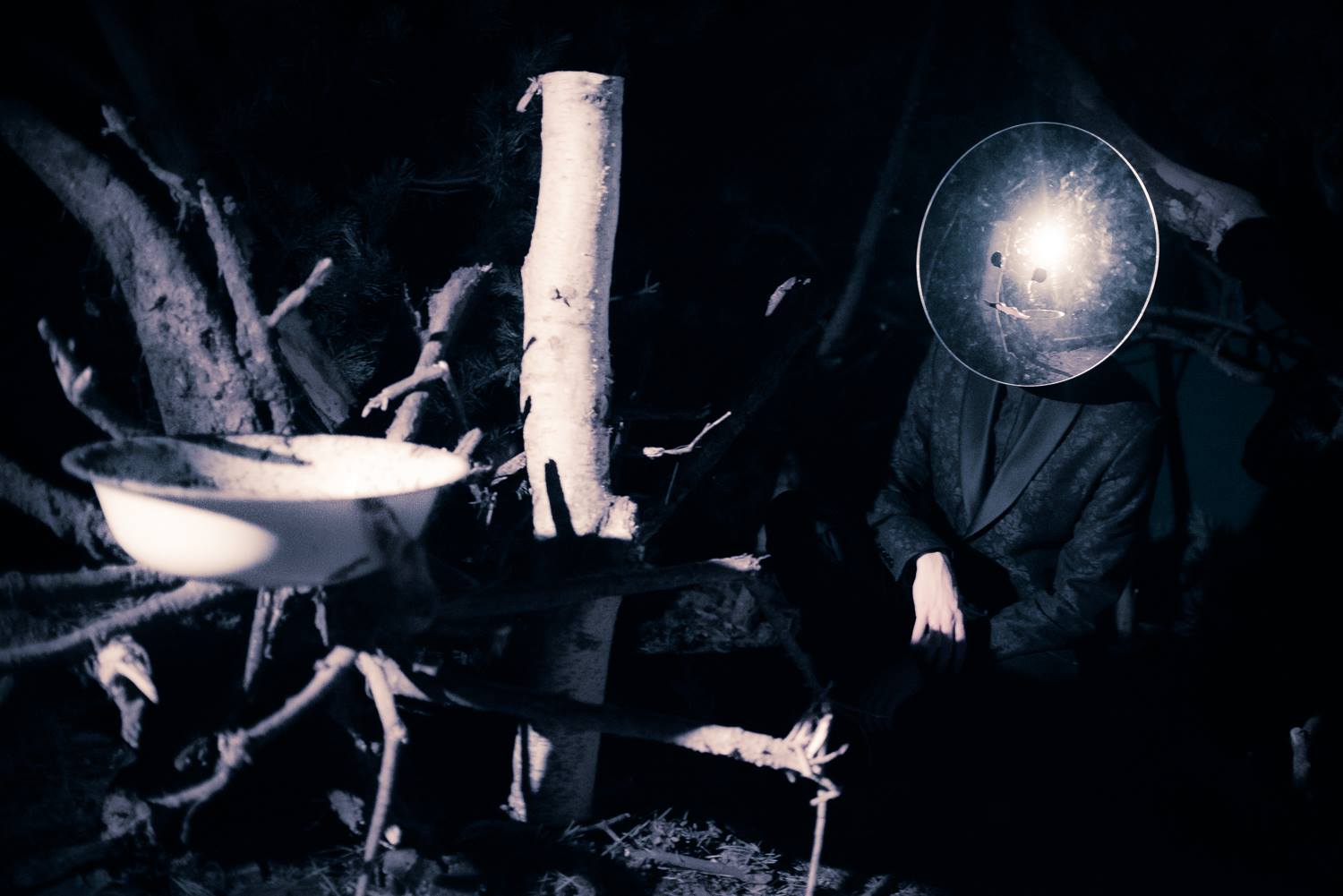
Czech Chamber Larp Through the Years, Part 2
The second part of an article surveying the history of Czech and Slovak chamber larp.
-
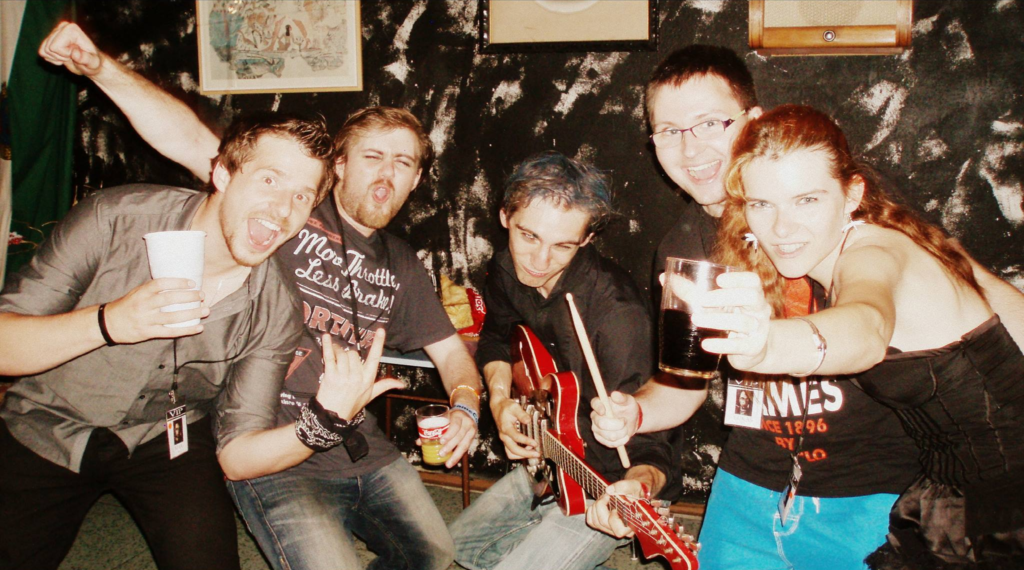
Czech Chamber Larp Through the Years, Part 1
The first part of an article surveying the history of Czech and Slovak chamber larp.
-

10 Steps for Integrating Transformative Experiences
in
Whether you’ve been through a larp, a work of magic, a psychedelic experience, integration roughly works the same way.
-

A Plot to Bomb the Magic Circle: Chaos Magic in Urban Play
in
Exploring the possibilities arising from disrupting the magic circle through urban pervasive styles of play and the practice of chaos magic.
-
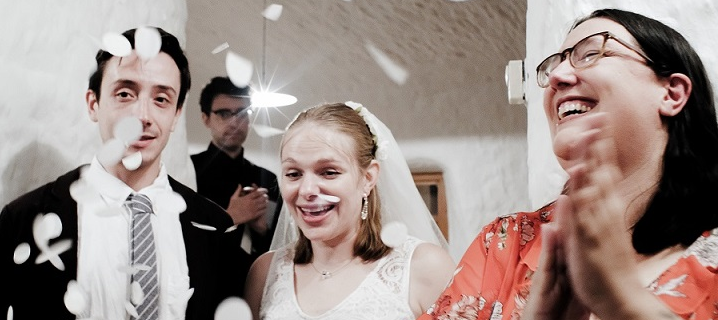
Through Someone Else’s Eyes: A Confession
As an in-game larp photographer, it is indeed possible and maybe sometimes even desirable to let your character take over.
-
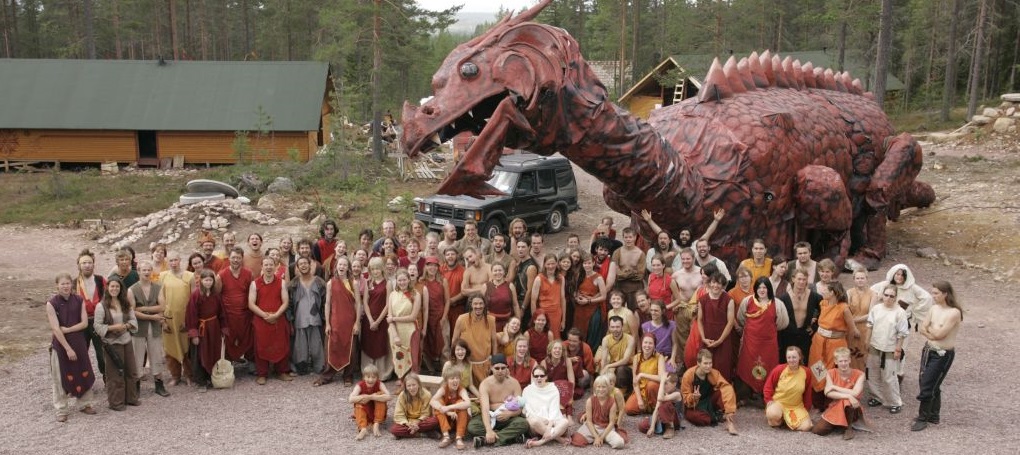
Dragonbane Memories
We had crazy plans. We would transform fantasy larp forever. We would create the best larp in the world… or so I thought.
